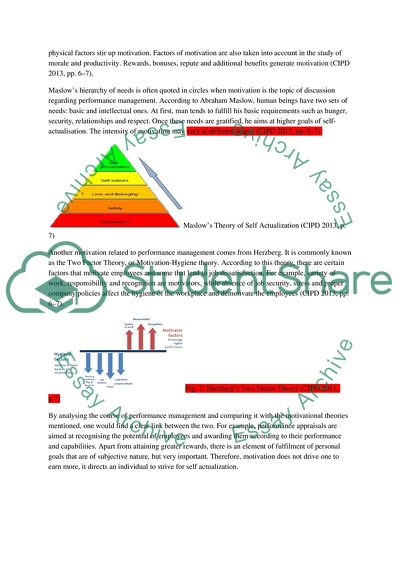Cite this document
(CIPD Course-Employee Relations - UK based system Essay - 2, n.d.)
CIPD Course-Employee Relations - UK based system Essay - 2. https://studentshare.org/management/1806929-cipd-course-employee-relations-uk-based-system
CIPD Course-Employee Relations - UK based system Essay - 2. https://studentshare.org/management/1806929-cipd-course-employee-relations-uk-based-system
(CIPD Course-Employee Relations - UK Based System Essay - 2)
CIPD Course-Employee Relations - UK Based System Essay - 2. https://studentshare.org/management/1806929-cipd-course-employee-relations-uk-based-system.
CIPD Course-Employee Relations - UK Based System Essay - 2. https://studentshare.org/management/1806929-cipd-course-employee-relations-uk-based-system.
“CIPD Course-Employee Relations - UK Based System Essay - 2”. https://studentshare.org/management/1806929-cipd-course-employee-relations-uk-based-system.


